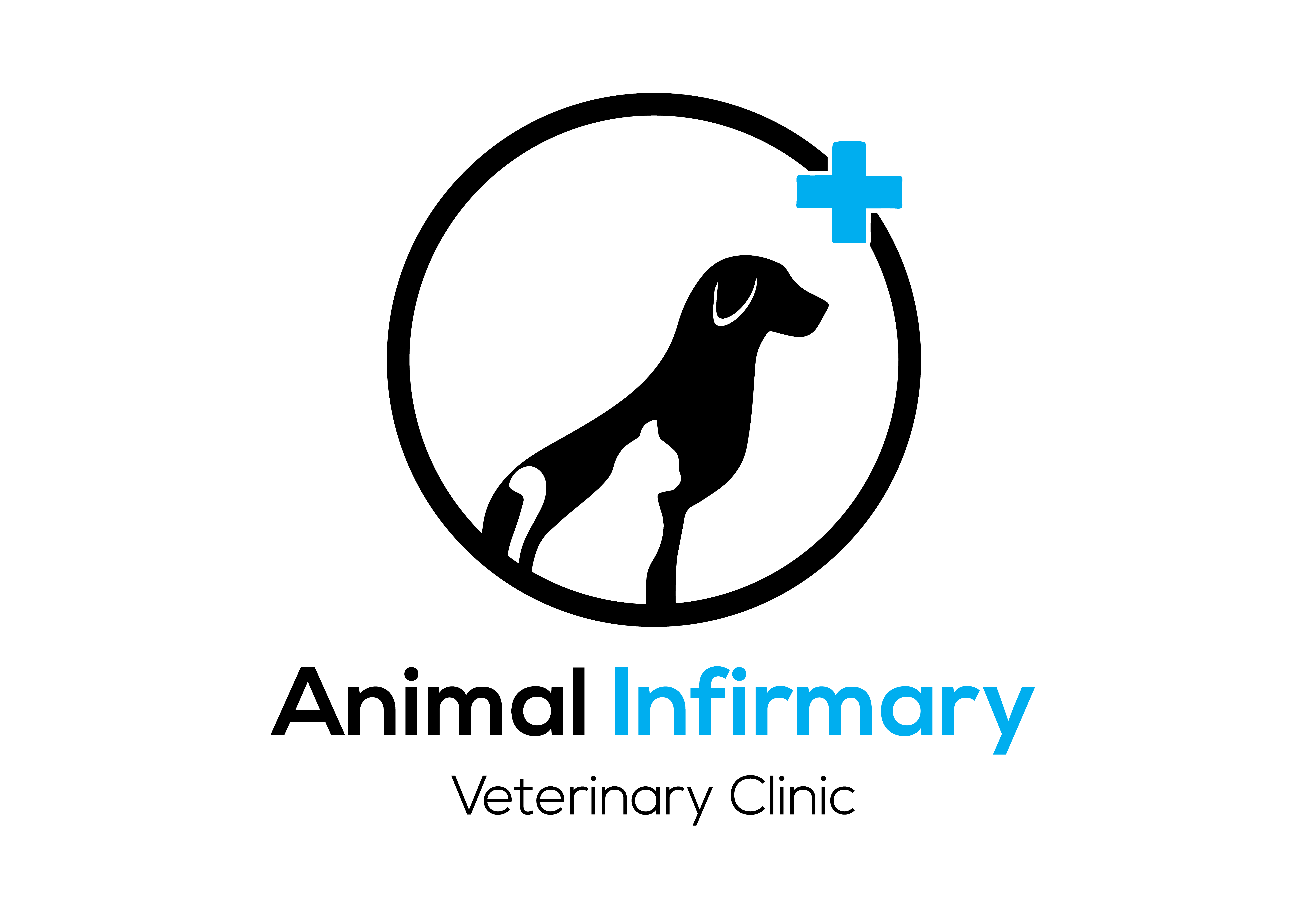The pyometra is an abscessed, pus-filled infected uterus. Toxins and bacteria leak across the uterine walls and into the bloodstream causing life-threatening toxic effects. The uterus itself dies releasing large amounts of pus and dead tissue into the abdomen. Without treatment death is inevitable. Prevention of this disease is one of the main reasons for routinely spaying female dogs.
Classically, the patient is an older female dog. Usually, she has finished a heat cycle in the previous 1-2 months. She has a poor appetite and may be vomiting or drinking an excessive amount of water.The most common form of pyometra is called the “open pyometra” because the cervix is open allowing the purulent vaginal discharge to be noticeable. Because drainage of the infected fluid is possible, these patients often have a better outcome than those with the “closed pyometra.” In the closed form of pyometra, the cervix is closed and all the toxic material is held within the body. Further, without the discharge, the diagnosis is substantially less obvious. These patients also tend to be sicker than those with open pyometra due to retention of the toxic uterine contents.

Symptoms
- Abdominal distention (from an enlarged uterus)
- Vulvar (vaginal) discharge
- Closed cervix
- Lethargy
- Depression
- Lack of appetite
- Vomiting
- Frequent urination
- Excessive drinkin
Diagnosis
Fever, appetite loss, and vaginal discharge in an unspayed older female dog makes pyometra a likely diagnosis. Lab work shows a pattern typical of widespread infection which is often helpful in narrowing down the diagnosis.Radiographs may show a gigantic distended uterus though sometimes this is not obv
Treatment
The usual treatment for pyometra is surgical removal of the uterus and ovaries. It is crucial that the infected uterine contents do not spill and that no excess hemorrhage occurs. The surgery is challenging especially if the patient is toxic. Antibiotics are given at the time of surgery and may or may not be continued after the uterus is removed. Pain relievers are often needed post-operatively. A few days of hospitalization are typically needed after the surgery is performed.
It is especially important that the ovaries be removed to remove future hormonal influence from any small stumps of uterus that might be left behind. If any ovary is left, the patient will continue to experience heat cycles and be vulnerable to recurrence.
While pyometra surgery amounts to the same end result as routine spaying, there is nothing routine about a pyometra spay. As noted, the surgery is challenging and the patient is in a life-threatening situation. Intravenous fluid support during and after surgery are generally needed plus the patient is toxic and requires extra support. The uterus is very large and the associated blood vessels are engorged making the surgery time longer. Recovery from surgery takes longer compared to the spay of the healthy female dog. For these reasons, the pyometra spay typically costs five to ten times as much as a routine spay
